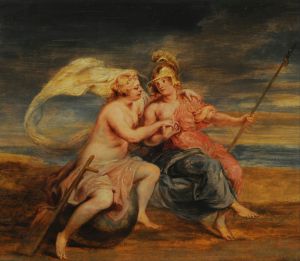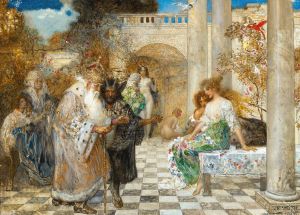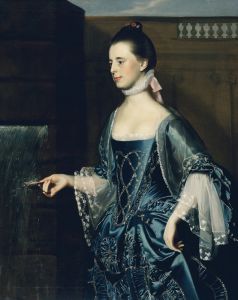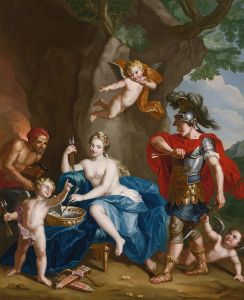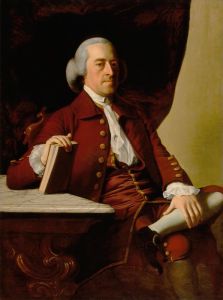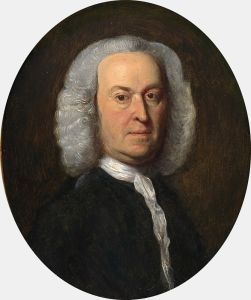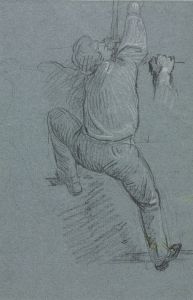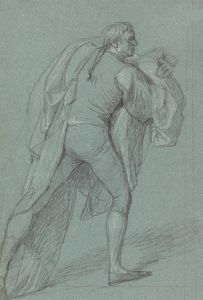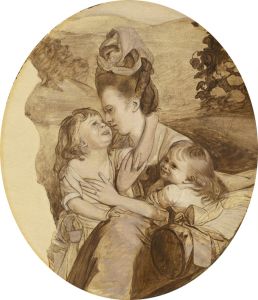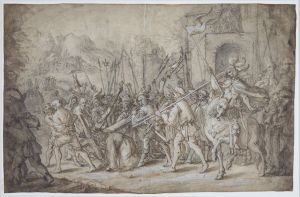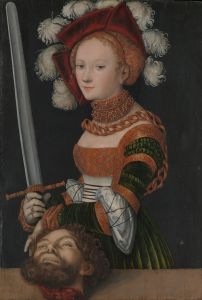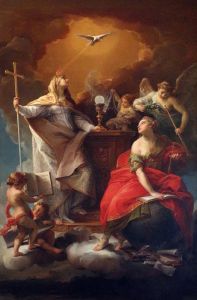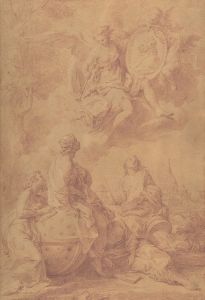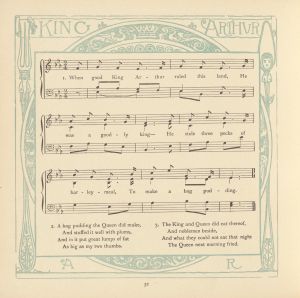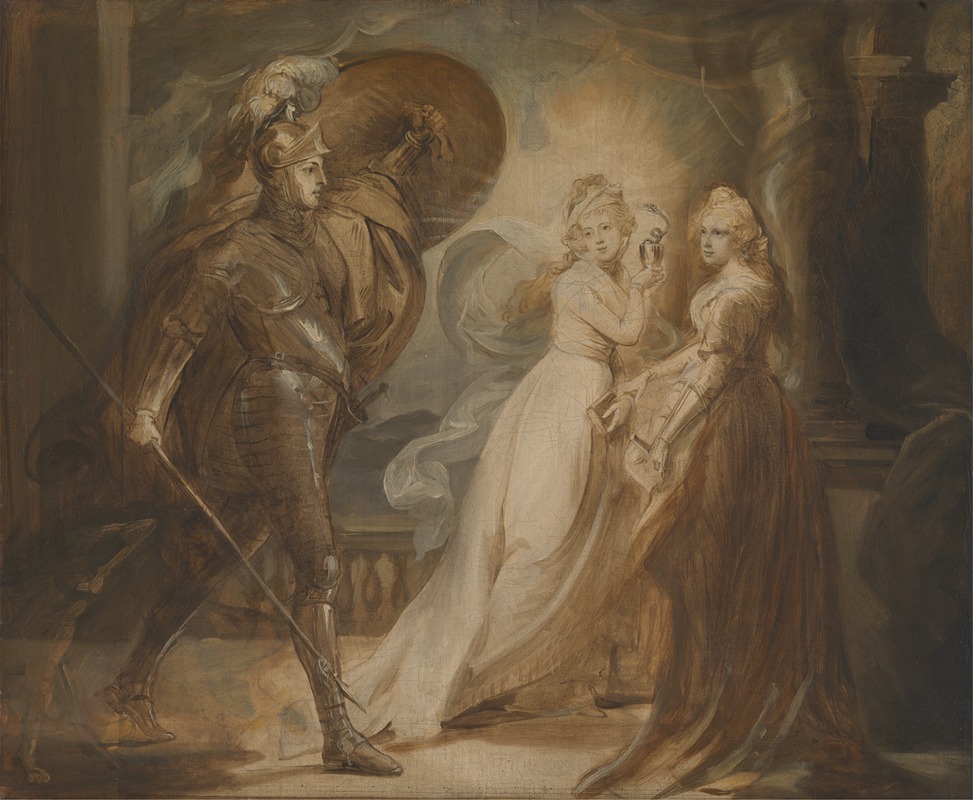
Study for ‘The Red Cross Knight’
A hand-painted replica of John Singleton Copley’s masterpiece Study for ‘The Red Cross Knight’, meticulously crafted by professional artists to capture the true essence of the original. Each piece is created with museum-quality canvas and rare mineral pigments, carefully painted by experienced artists with delicate brushstrokes and rich, layered colors to perfectly recreate the texture of the original artwork. Unlike machine-printed reproductions, this hand-painted version brings the painting to life, infused with the artist’s emotions and skill in every stroke. Whether for personal collection or home decoration, it instantly elevates the artistic atmosphere of any space.
John Singleton Copley, an influential American painter known for his portrait work in the 18th century, created "Study for ‘The Red Cross Knight’" as part of his exploration into historical and literary themes. Copley, born in 1738 in Boston, Massachusetts, was a self-taught artist who gained prominence for his ability to capture the likeness and character of his subjects with remarkable detail and realism. His works are considered some of the finest examples of American colonial art.
"Study for ‘The Red Cross Knight’" is a preparatory work for a larger, more ambitious painting that Copley intended to create, inspired by Edmund Spenser's epic poem "The Faerie Queene." This poem, published in the late 16th century, is a rich allegorical work that celebrates the Tudor dynasty and Elizabeth I while exploring themes of virtue and chivalry. The Red Cross Knight is a central character in the poem, representing the virtue of holiness and embarking on a quest to defeat a dragon and rescue the lady Una.
Copley's study reflects his interest in capturing the dramatic and heroic elements of Spenser's narrative. Although the final painting was never completed, the study itself provides insight into Copley's artistic process and his approach to historical and literary subjects. The work demonstrates his skill in composition and his ability to convey a sense of movement and emotion, even in a preparatory sketch.
During the time Copley created this study, he was living in England, having moved there in 1774 to further his career and escape the political unrest in America. In England, he was exposed to the works of the Old Masters and the burgeoning neoclassical movement, which influenced his style and subject matter. Copley's interest in historical and literary themes was likely encouraged by the artistic environment in London, where such subjects were highly regarded.
"Study for ‘The Red Cross Knight’" is part of Copley's broader body of work that includes both portraits and historical paintings. While he is best known for his portraits of prominent figures in colonial America, his historical paintings, such as "The Death of Major Peirson" and "Watson and the Shark," showcase his ability to depict complex narratives and dramatic scenes.
Today, Copley's works are held in high esteem and can be found in major museums and collections across the United States and the United Kingdom. His contributions to American art are significant, as he helped lay the foundation for a distinctly American style of painting that combined European techniques with a focus on realism and detail.
"Study for ‘The Red Cross Knight’" remains an important piece for understanding Copley's artistic ambitions and his engagement with literary themes, even though the final painting was never realized. It serves as a testament to his skill and his ability to draw inspiration from a wide range of sources, contributing to his legacy as one of America's foremost early artists.





